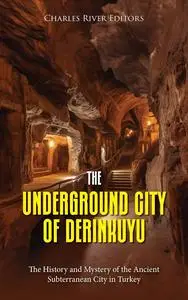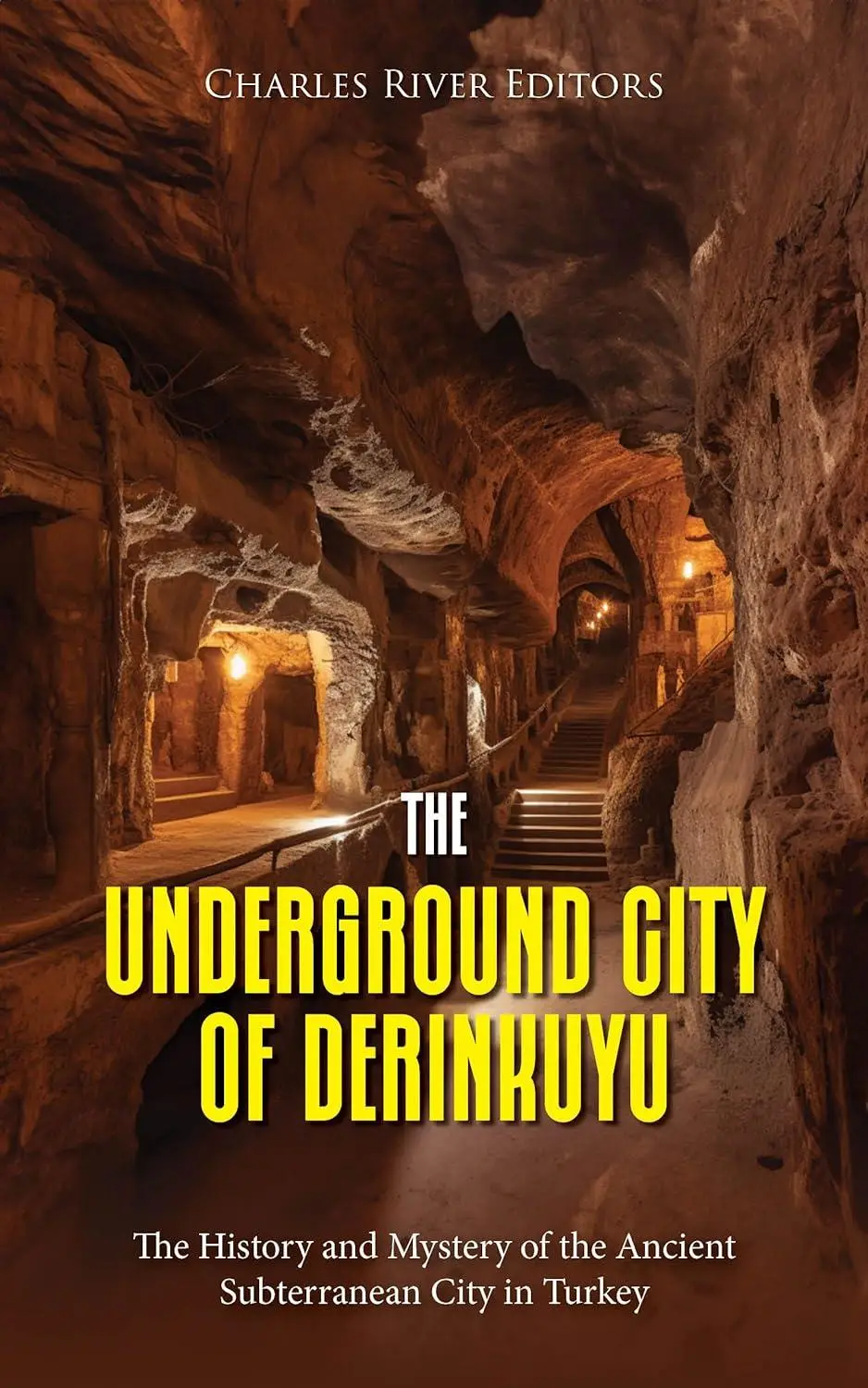The Underground City of Derinkuyu: The History and Mystery of the Ancient Subterranean City in Turkey by Charles River Editors
English | February 5, 2024 | ISBN: N/A | ASIN: B0CV4NCXWG | 45 pages | EPUB | 0.35 Mb
English | February 5, 2024 | ISBN: N/A | ASIN: B0CV4NCXWG | 45 pages | EPUB | 0.35 Mb
Among all the early Iron Age people from the Near East who inherited the geopolitical vacuum of power left by the Sea Peoples invasions, the Phrygians are perhaps one of the most misunderstood. They built a powerful and wealthy kingdom, but were overshadowed by their more powerful and wealthier neighbors, the Lydians. From the early 7th century BCE until the middle of the 6th century BCE, the Lydians played an important role in the history of the eastern Mediterranean region as they took on the role of middleman between the empires of the Near East and the emerging Hellenic civilization in Greece.
It seems that around this time, one of the most unique sites in antiquity was being constructed in central Turkey, an archaeological mystery modern scholars have only recently begun to uncover. Known as Derinkuyu in the Turkish language, the archaeological site is as expansive as any other in Turkey, but its expanse is more vertical than horizontal, which is what makes it so unusual. The lost city of Derinkuyu descends to depths of nearly 300 feet under the wind-swept cliffs and rock formations of the otherwise desolate region known as Cappadocia. Cappadocia’s landscape looks otherworldly, windswept, and unlivable in places, and if not for modern technologies, including electricity, sanitation, and irrigation, it surely would be considered inhabitable by many people.
However, despite the unforgiving nature of the region and climate, Derinkuyu, which started with a series of cave constructions in the 7th century BCE, managed to become a somewhat bustling location when the Byzantine Empire controlled the area in the Early Middle Ages, alive with a combination of peasants, pilgrims, merchants, and warriors. As is the case with many archaeological sites, it was surpassed and forgotten with the advent of the modern world, so when Derinkuyu was serendipitously discovered in the mid-20th century, it remained a curiosity for quite some time and did not elicit much scholarly attention beyond the initial archaeological work and subsequent reports.
More recently, Derinkuyu has caught the attention of tourists, while academics have started to ask serious questions about this important site. Recent studies of Derinkuyu have helped illuminate how a city able to house 20,000 or more people could exist in antiquity, particularly with regard to logistics. How the administrators of Derinkuyu were able to provide its people with food, water, and even air has, for the most part, been answered, even though the site has not been fully excavated.
Of course, even as historians have learned more about how Derinkuyu was built and maintained, there are still more questions than answers related to the underground city. There is a lack of primary sources about Derinkuyu – in fact, there are only a few medieval and ancient texts that describe the region in general, and none detail how Derinkuyu was built or how its inhabitants lived. Therefore, some of the most important questions relating to Derinkuyu can presently only be answered with educated guesses, including what day-to-day life was like for Derinkuyu’s inhabitants, how long it took to build, what tools and techniques were used in the construction, and even the site’s basic chronology. While most agree that Derinkuyu’s apex was in the Middle Ages during the Byzantine Empire, some argue over whether parts of it were first built during the Hittite Empire or even in the Neolithic Era. The purpose of the city has also been questioned, with some arguing it served primarily as a refuge from invaders and never served as a full-time city, leading some academics to question if it should even be referred to as a city.



